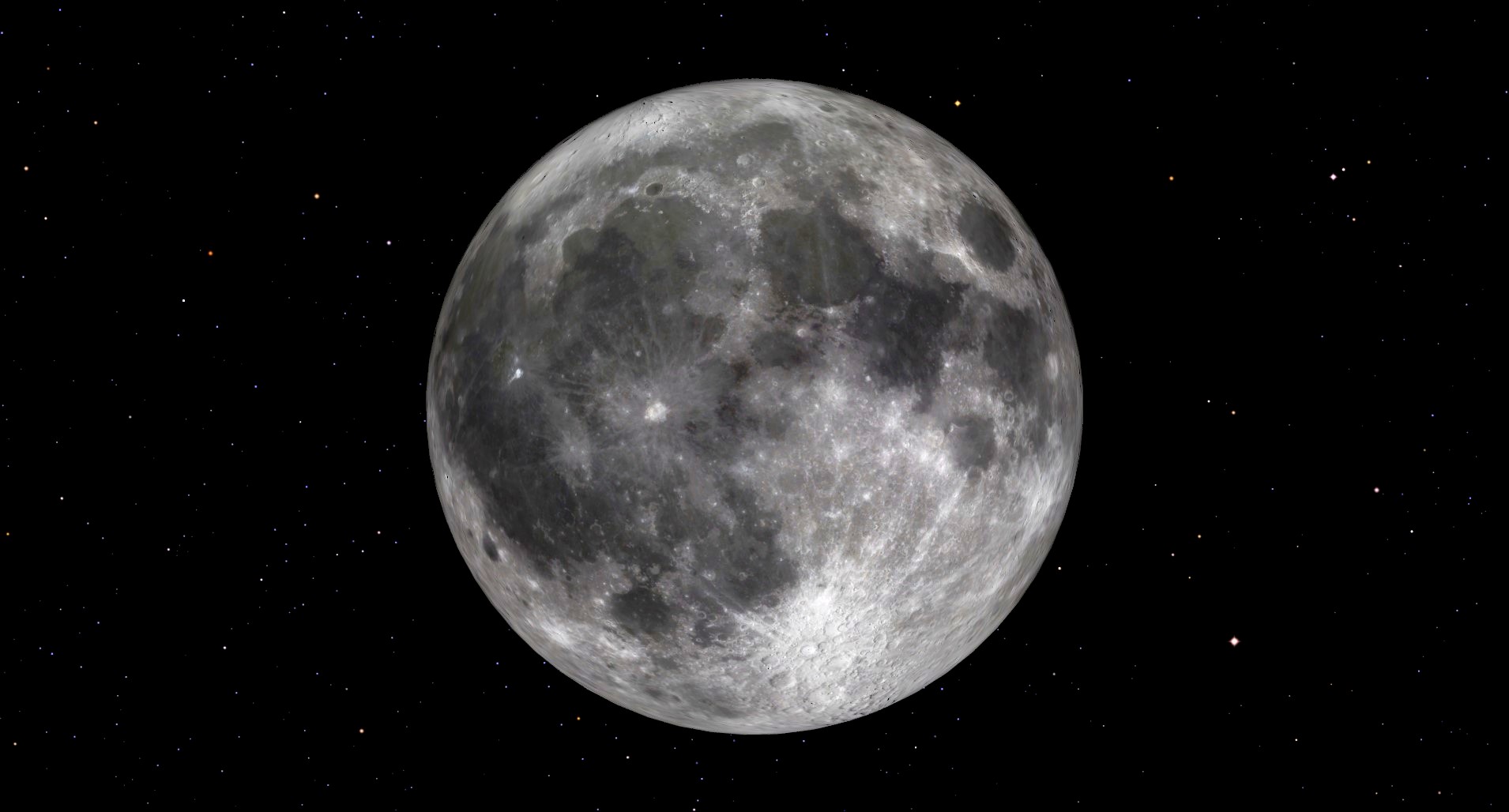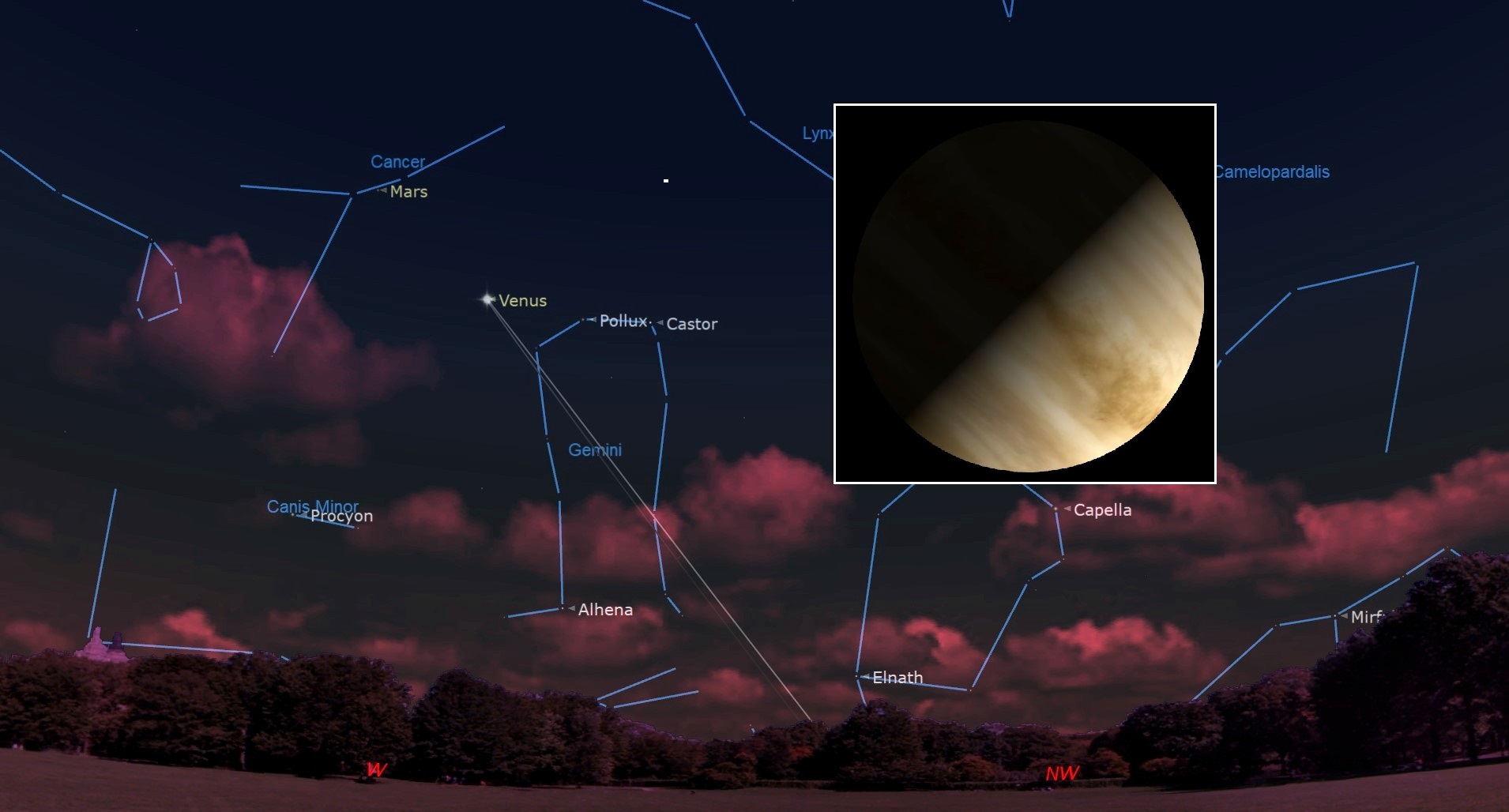
June's full moon, also known as the Strawberry Moon, rises tonight (June 3) and will flaunt its glory throughout the weekend.
Skywatchers in New York City will see the moon fully illuminated by the sun tonight at 11:42 p.m. ET (0342 GMT on June 4). It will be visible all night in the constellation Scorpius and set at 5:24 a.m. local time, according to In The Sky.
The moon, which will rise at 8:21 p.m. local time just a minute shy of sunset, will be visible about 10 degrees above the southeast horizon. Soon after, Mars and Venus will show themselves in the western sky as well. Venus, currently over 67 million miles (109 million kilometers) away from Earth, will be a bright white speck about 22 degrees above the horizon while the Red Planet, having just swept through the starry Beehive Cluster, can be seen not far off at 28 degrees above the horizon.
Related: Full moon calendar 2023: When to see the next full moon

Want to get a good look at the full moon or the planets in the night sky? We recommend the Celestron Astro Fi 102as the top pick in our best beginner's telescope guide.
Antares, a red supergiant star on its deathbed about 604 light-years from Earth and the brightest member of the Scorpius constellation, will also be seen slightly to the moon's upper right. Jupiter will share the night sky as well, but will rise much later; it can be spotted an hour before local sunrise about 11 degrees high in the southeast.
Aside from enjoying the full moon tonight, skywatchers can turn their telescopes towards Venus to see the hellish planet at dichotomy, meaning half of its visible disk will be dark. A filter will help bring out the darkened portion of the planet's face.

The moon's bright profile will make it difficult to identify the craters and mountains on its surface using binoculars or a small telescope, although special filters may help to increase contrast. After June 3, the moon will begin rising an hour later each night while also waning (meaning its illuminated portion is growing smaller) and will finally be lost in the sun's glare with the new moon on June 18.
If you are hoping to catch a look at the full moon or any other sights in the night sky, our guides to the best telescopes and best binoculars are a great place to start.
And you're looking to take your own photos of the moon or night sky in general, check out our guide on how to photograph the moon, as well as our best cameras for astrophotography and best lenses for astrophotography.
Editor's Note: If you snap an image of the full moon or Venus at dichotomy and would like to share it with Space.com's readers, send your photo(s), comments, and your name and location to spacephotos@space.com.







